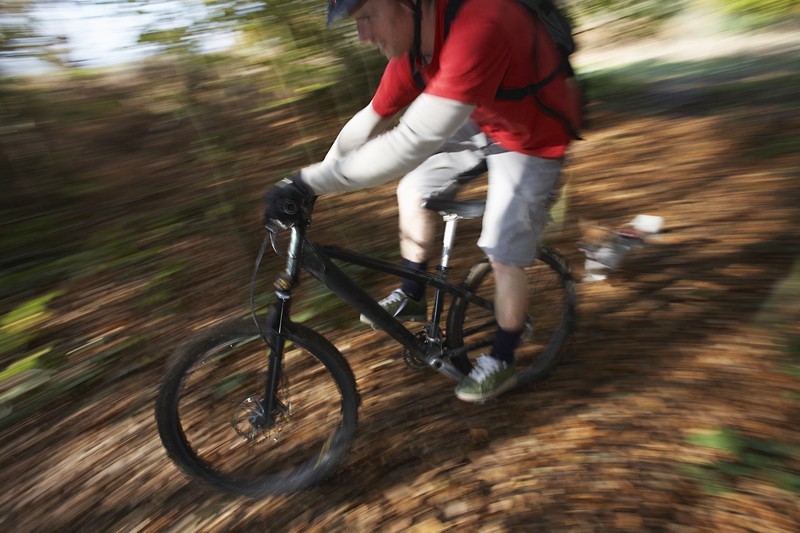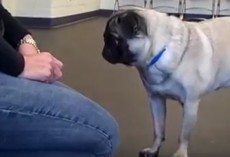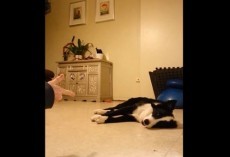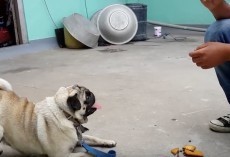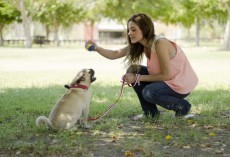Without the proper knowledge and/or instruction the HPV your pup is chasing can be damaged. But more importantly your dog can be hurt too! Check out the following methods of prevention:
•Keep your dog confined in a secure kennel or fenced yard so that she can’t chase HPVs passing by on the road.
•If you walk your dog off leash, do so in places where she can’t see or access roads, sidewalks or bike trails. Avoid skateboarding areas at the local park.
•Some dogs lose interest in chasing HPVs if they become accustomed to seeing their pet parents riding HPVs. For instance, if your dog is excited by moving bicycles, spend a bit of time every day—or as many times a week as you can—riding a bike in circles while a helper holds your dog on a leash. Allow your dog to approach you. Talk to her so that she recognizes it’s you. Continue doing this until she loses interest in you on the bike. This may or may not carry over to seeing others on bikes.
•Teach your dog a really reliable recall so that you can call her whenever you need to. To be successful, you’ll need to start your dog’s training away from traffic areas so that she can focus on learning without being overly excited and distracted. Only when your dog is extremely reliable at coming when called should you “test” her around HPV traffic. Even then, you should do so with your dog on a long line (a 15- to 40-foot training leash) in case she decides to go after an HPV. It’s nearly impossible to call a dog off once she’s in pursuit of an HPV. Be prepared to devote a substantial amount of training time and effort to making your dog’s recall reliable. Even then, please realize that your dog will still be motivated to chase HPVs. It will be your responsibility to detect potentially problematic situations early enough to call your dog before she takes off.
•As a last resort, you can teach your dog to associate chasing HPVs with an unpleasant, punishing experience, such as an obnoxious noise, repulsive spray scent or something painful. To ensure that you and your dog benefit from humane and effective training procedures, it’s imperative that you work with an experienced Certified Professional Dog Trainer (CPDT), a Certified Applied Animal Behaviorist (CAAB or Associate CAAB) or a board-certified veterinary behaviorist (Dip ACVB). The behaviorist or trainer must work with your dog over many sessions, in a variety of circumstances, with many different HPVs for the procedure to work. Some dogs are so excited by the anticipation of a chase that even associating HPVs with very strong or painful punishment won’t deter them. This is why it’s crucial to work with an experienced professional. She or he can determine in the first few sessions if this kind of procedure is likely to work for your dog.
For more information go on over to ASPCA. There you will learn more about the above problems with a pup inside and outside a fence – and more advice and solutions on how to keep your dog content and what NOT to do.
We really don’t want to see our pups running after those poor unsuspecting skateboarders and bikers – and it’s nice to know there are ways to curb Fido’s instinctive urges.
